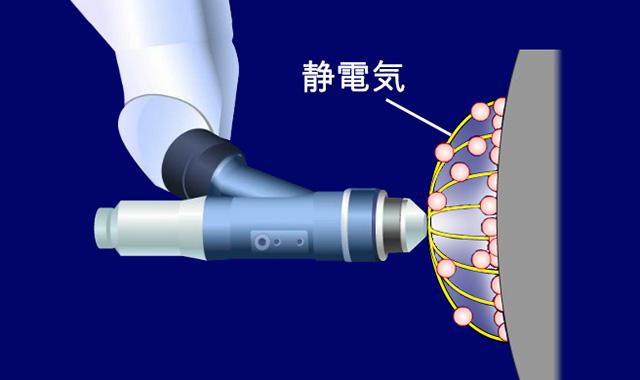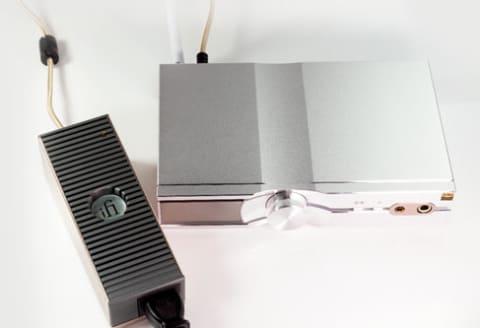Re-seeing the blind is always one of the biggest challenges for scientists. Since 2015, the research team has been developing a camera-equipped smart glass and a microcomputer-operated retinal implant "POLYRETINA".
A camera built into the smartglass captures an image in the wearer's "field of view" and sends the data to a microcomputer mounted on one end piece of the smartglass. The microcomputer converts the received data into an optical signal and sends it to the electrodes of the retinal implant. This electrode stimulates the retinal cells, allowing the wearer to see a simplified black-and-white image and obtain artificial vision.
This simplified image consists of dots of light that appear when the retinal cells are stimulated. Approximately 10,500 electrodes are embedded in the developed retinal implant, each of which produces a dot of light. However, the wearer must learn to interpret many dots of light in order to distinguish the shapes and objects represented by the dots of light. It's like looking at the stars in the night sky and remembering them so that you can recognize a particular constellation.

The number of electrodes needed to be appropriate so that the reproduced image would not be too difficult to recognize. Therefore, we evaluated the system developed using two parameters, field of view and resolution, as in the case of visual measurement. The dots should be well spaced so that the user can identify adjacent dots, but enough to ensure the resolution of the reproduced image.
To prevent the two electrodes from irritating the same part of the retina, the research team performed an electrophysiological examination that included activity records of retinal ganglion cells. As a result, it was confirmed that each electrode actually activates different parts of the retina.
Next, we developed a virtual reality program that can simulate what the user would see with a retinal implant to see if a dot of light with about 10,500 electrodes would provide sufficient resolution. Simulation results have shown that the current number of dots works well. Even if the number of electrodes is increased and the number of dots is increased, there is no benefit to the user in terms of sharpness.
In addition, a test to change the viewing angle with a constant resolution proved that the system was ready for clinical trials without any further improvement in system capability.
However, it is not yet possible to actually transplant POLYRETINA into human patients because it takes a long time to obtain medical approval. It will take a little longer for the blind to recover their eyesight.
(Reprinted from fabcross for engineer)




